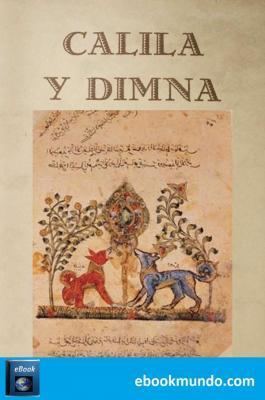 | ||
Similar One Thousand and One, The Book of Misers, Tales of Count Lucanor, Kitab al‑Aghani, Resalat Al‑Ghufran | ||
Calileh va Demneh (pronounced kœlɪle vœ ɗemne), in Arabic کـَـلیله وَ دِمـنه, in Persian كليلك و دمنك is a collection of Castilian tales from 1251 translated by the order of Alfonso X while he was still a prince.
Contents
Content
This is the most literary work associated with Alfonso X. Its narration comes from the Eastern literature, as it translates the Arabic text Kalila wa-Dimna which is a translation by the Arabic Ibn al-Muqaffa' to Arabic in the 8th century. Originally it comes from Hindu Panchatantra (300 AD). In the year 570 it was translated to Pahlavi and later to Syriac.
It is linked with the wisdom manuals of prince's education through the eastern method of questions and answers between the king and a philosopher that leads to exemplary tales or exempla told by and featuring animals: an ox, an lion and two jackals called Calila and Dimna, which are who tell the majority of the tales. This structure is used in Don Juan Manuel's Tales of Count Lucanor.
Authorship
This story has arrived to us through two manuscripts named as A and B. In the last part of the first one (from the first third of the 15th century) it is said that the book "was translated from Arabic to Latin, later it was Romanised by order of don Alfonso in 1261". However, as the Spanish version is very near the Arabic one, a translation to Latin can be discarded. The fact that Alfonso is called "infante" (he was crowned in 1252) leads to set the date of composition in 1251 what would convert the book into the first prose-fiction work written in the Iberian Peninsula.
Structure
The main structure of the work is the narrative frame (the conversation between the king Dabshalem and the alguacil-philosopher Burduben). It has three parts clearly differentiated:
